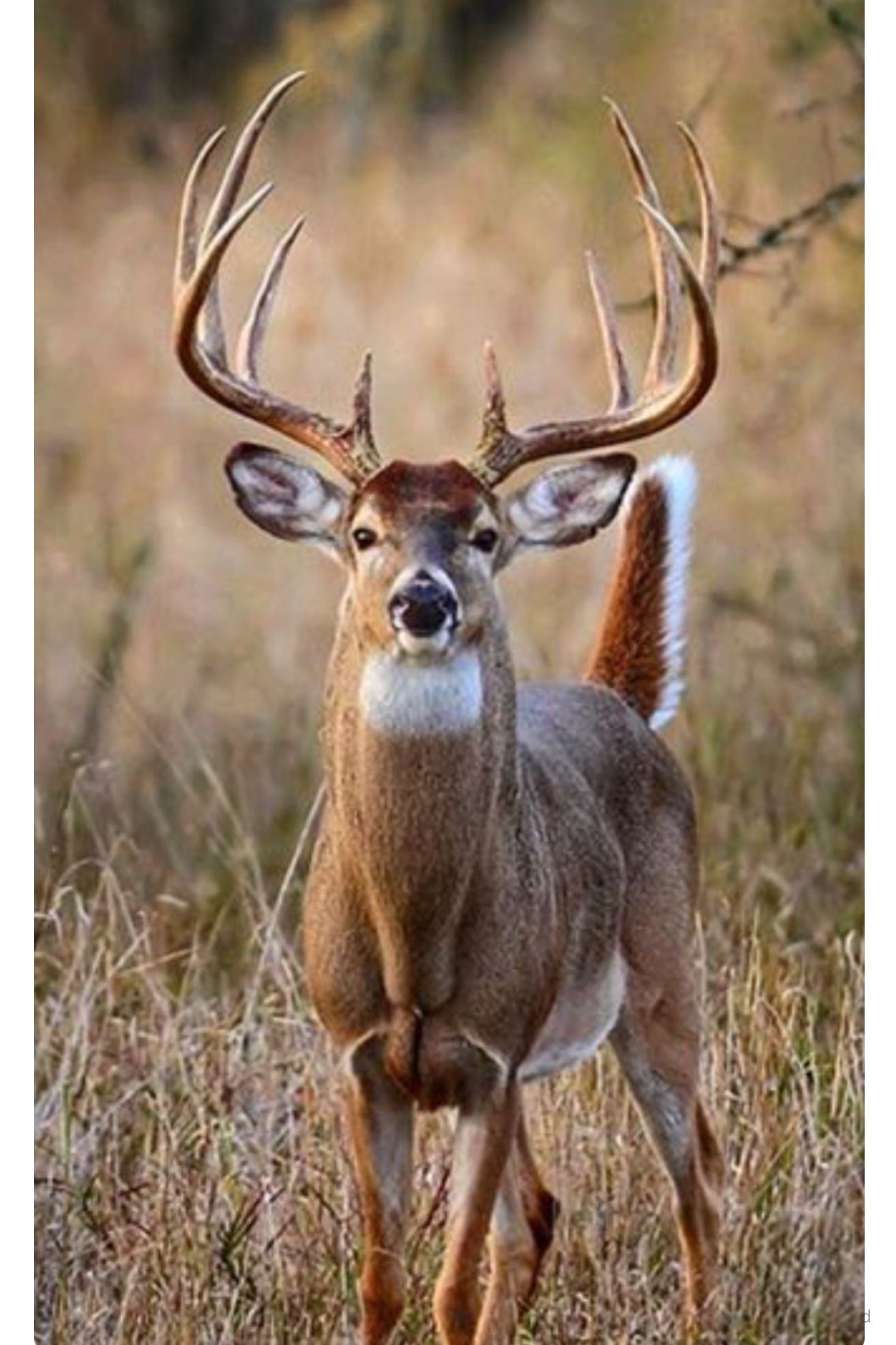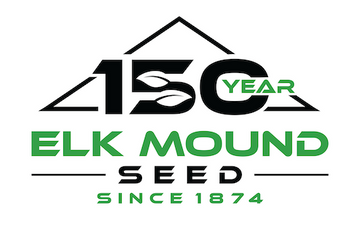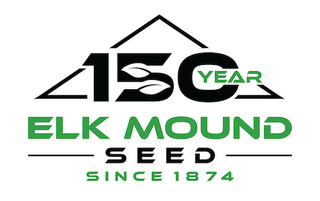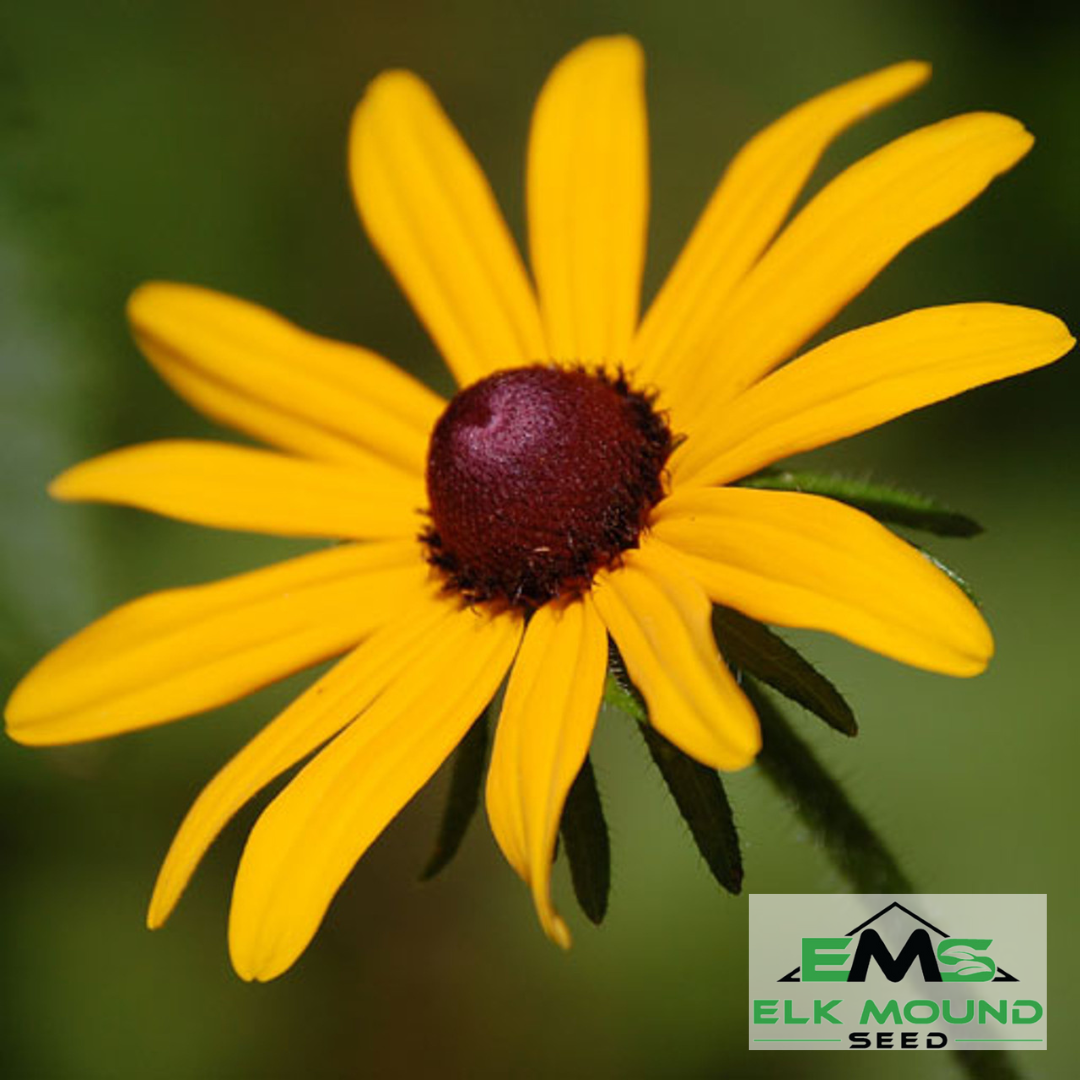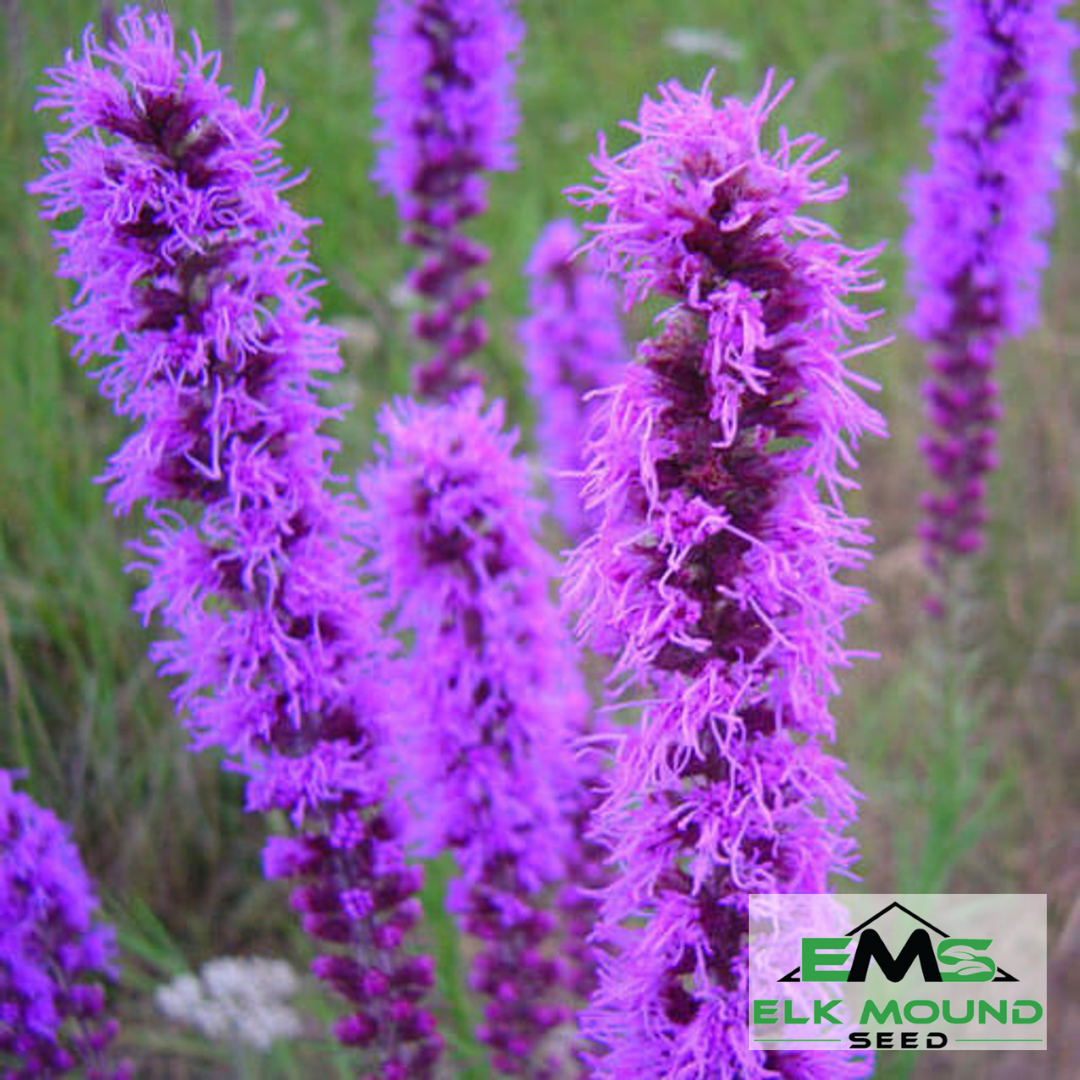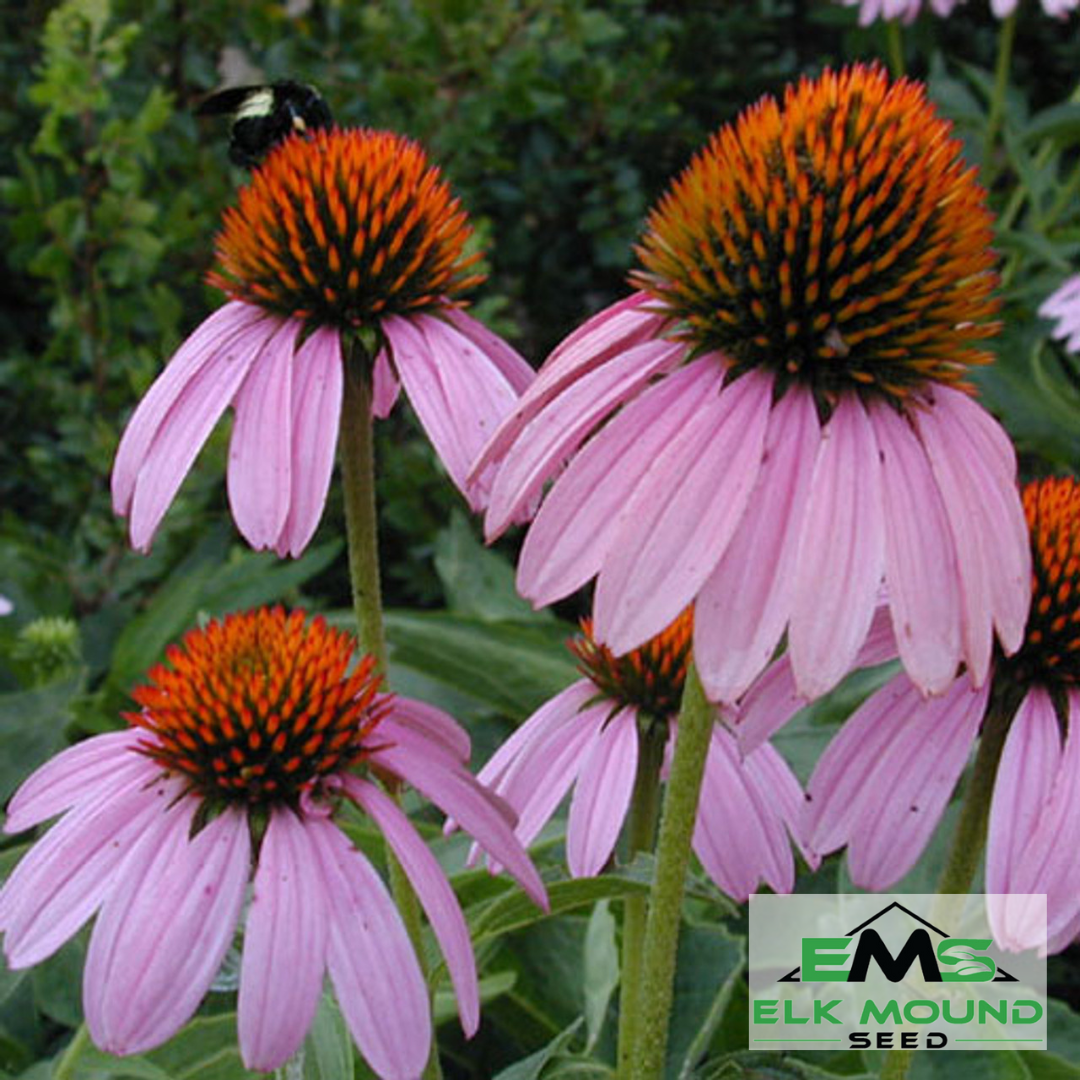For large-scale, carefree landscaping, nothing beats wildflowers. The right wildflower seed mix will help you control erosion and weeds, while attracting pollinating bees and beneficial insects to your ornamental and edible gardens. But while wildflowers are prized for their hardiness, not every species will succeed in every climate.
Finding the Best Wildflower Seed Mix
A wildflower seed mix that contains hardy annuals and regional perennials will give your plot the best chance at success. Many “annuals” tend to reseed themselves in wildflower meadows, so that you often don’t have to re-plant your favorites.
●Midwest
Moist summers and extreme winters characterize the Midwest. It’s also among the windiest regions in North America. For that reason, hardy wildflower blends are a must.
Try annuals such as Corn Poppy and Plains Coreopsis. For perennials, good options include Shasta Daisy, Black-Eyed Susan, Ox-Eye Sunflower, Thickspike Grayfeather, and Gray-Headed Coneflower.
●Northeast
The Northeast’s winters are among the coldest in the nation. In addition, heavy snowfall and rainy springs mean that wildflowers need to be able to withstand both extreme cold and moist soil in the growing season.
Annuals suitable for Northeast meadows include Arroyo Lupine, Bird’s Eyes, and Tidy-Tips. Perennials to include in your blend include Blue Flax, Blazing Star, and Pale Evening Primrose.
●Southeast
The good news is that the Southeast’s short winters make for a longer growing season. What’s challenging? Hot, humid conditions can cause rotting and plant disease in plants that aren’t able to withstand the moist conditions.
Good annuals to seed in your meadow include Baby’s Breath, Sulfur Cosmos and Corn Poppies. Perennials that do well in the Southeast include Plains Coreopsis, Black-Eyed Susan, Purple Coneflower, and Blue Flax.
●Northwest
Plenty of rain, mild winters, and cool summer nights characterize many parts of the Northwest. That adds up to a need for wildflowers that don’t mind wet roots and fluctuating conditions.
For annuals, good options include Baby Blue Eyes, Bird’s Eyes, Five-Spot, and Chinese Houses. Be sure to add perennials such as Yellow Lupine, Russell Lupine, and Lance-Leaved Coreopsis.
●Southwest
The Southwestern climate delivers scorching, dry summers and mild winters. Plants that do best in this region are ones which are drought-hardy and don’t wilt in high temperatures.
Good options for wildflower annuals are Baby’s Breath, Corn Poppy, and Sulfur Cosmos. Include perennials such as Lemon Mint, Four O-Clocks, Scarlet Sage, and Tree Mallow.
Don’t be surprised if some annuals and perennials overlap by region; wildflowers are among the most reliably hardy plants. They're often able to thrive in multiple conditions. It’s also important to remember that there are several micro-climates within the larger regions. Higher elevations will need hardier plants, for example.
Check out our online store to find the perfect wildflower mix today!

